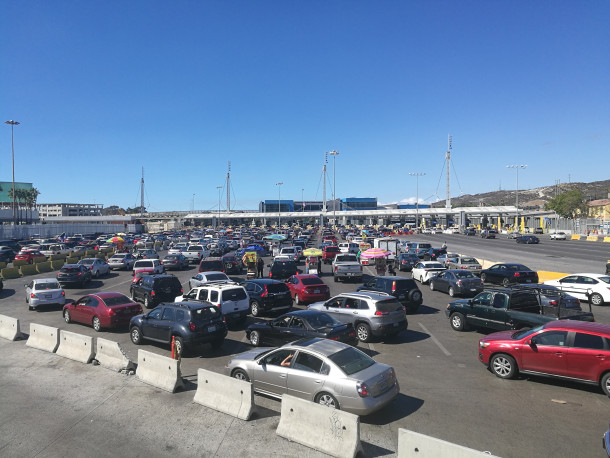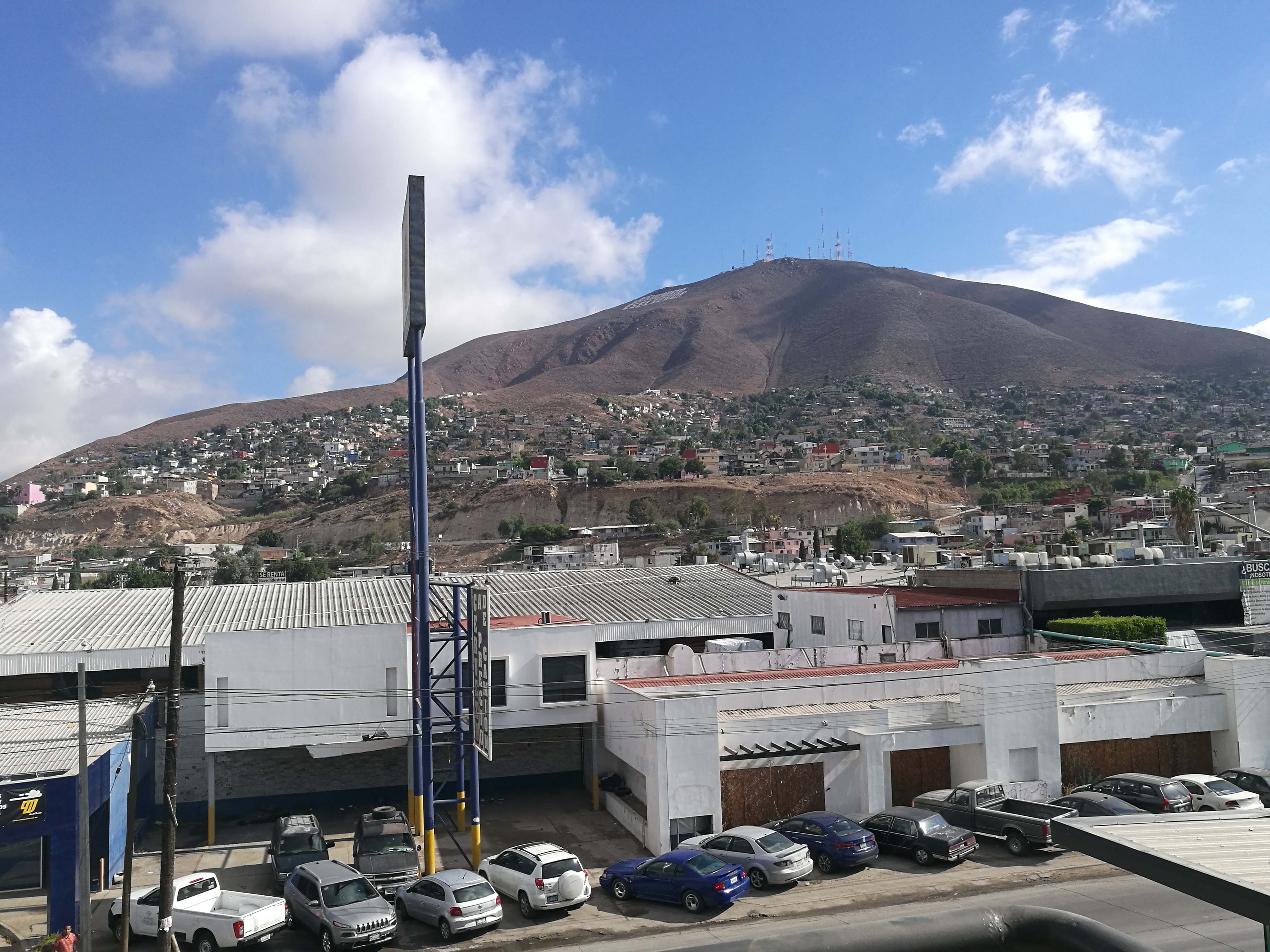
Metropolises in motion
Local authorities face the challenge of building cities and metropolitan areas that are more sustainable, cohesive, inclusive and safer for the totality and diversity of realities and stakeholders, and therefore, the maximum expression of the democratic right to citizenship in any of its variations of choice, of trips, the enjoyment of spaces, values of use, and access to environments. Mobility is a key dynamic of urbanization, and the associated infrastructure invariably shapes the urban form – the spatial imprint defined by roads, transport systems, spaces, and buildings – of cities.
Metropolitan mobility is the quintessential democratizing tool for achieving the right to the city and an indispensable condition for the access and social, cultural, and economic engagement of all. The metropolitan area of Tijuana (encompassing the municipalities of Tijuana, Rosarito Beach, and Tecate) and to a greater scale the metropolitan area of San Diego (US) and Tijuana, or SanTij, is a great example of how metropolitan mobility can impact the daily life and routines of the citizens.
Take for example the Tijuana San Diego frontier (San Ysidro Land Port of Entry). According to the US General Services Administration (GSA), it is the busiest Land Port of Entry in Western Hemisphere, has 70,000 northbound vehicles processed each day 20,000 northbound pedestrians cross each day and it’s a critical economic engine for San Diego - Tijuana region. Those numbers have a tremendous consequence on the mobility within the metropolitan area of Tijuana, where it increases the degree of car saturation, aggravating travel times since roads are not designed for the flow they record daily.

A lot of the traffic in/out Tijuana is transnational circular mobility, where starting and return points are identical from one side of the frontier. For example, numerous Tijuanenses work daily in the San Diego region. Also, as for any metropolis, the main municipality within the metropolitan area stays the economic and business center for inhabitants of the region. In the case of Tijuana, many inhabitants of the coastal areas go east to work in the center city. In addition, the mobility issues are worsened due to the circulation of thousands of "chocolate" cars, which is the name for irregular or non-imported vehicles; a phenomenon of particular scale in Tijuana, given its proximity to the US, where it is cheaper to buy second-hand vehicles.
In order to solve those mobility issues, the Tijuana municipal government has recently created the Secretariat of Sustainable Urban Mobility, which is in charge of the Direction of Sustainable Urban Mobility, the Direction of Municipal Public Transport, the IMPLAN (Tijuana Metropolitan Planning Institute and the SITT (Integral System of Transport Tijuana). The new Secretariat coordinates areas of public space, public transportation, and road infrastructure projects, with a comprehensive social approach to improve safety, savings and the culture of people with the need to move around the city.
The Secretary of Sustainable Urban Mobility, Mr. Daniel Rivera Basulto identified the priority the newly created Secretariat will tackle first: “More and better transport routes are required, a reordering of the roads is necessary, but it must also be accompanied by a culture of collective transport use, in other cities people are used to using more public transport, something that does not happen so much in Tijuana.” He added that a single measure would not solve the problem of mobility; to which is added air pollution problems, but that various alternatives have to be considered and implemented in order to really have a positive impact.
In order to benefit from the experience of fellow metropolises in the redaction of a mobility master plan, Tijuana applied last May to the call for pilot projects. The Tijuana project proposal was selected as one of the five new pilot projects by the Metropolis Board of Directors. With the project "Metropolises in motion", Tijuana aims to receive practical knowledge towards the identification of the main aspects to build solid mobility master plans at the metropolitan level, as well as consolidating and deepening the actions that it has already started.
On the last 3rd & 4th of October, the Secretariat of Sustainable Urban Mobility of Tijuana launched the kick-off meeting of the project, while hosting their technical counterparts from other metropolises participating in the project – Rosario, Quito, and Medellín. The program saw various round-tables with different stakeholders of the Tijuana metropolitan area, as well as technical visits of the San Ysidro port of entry and the hub of the SITT.
